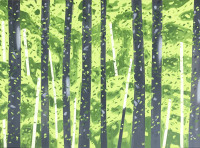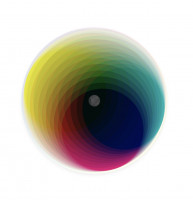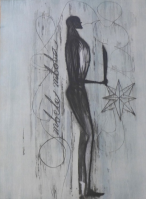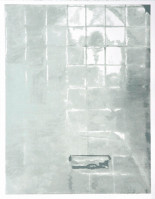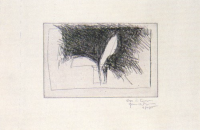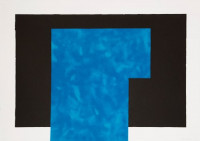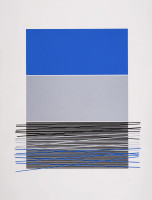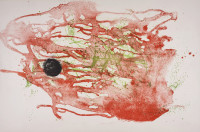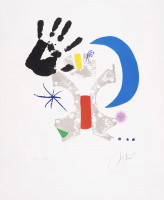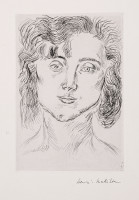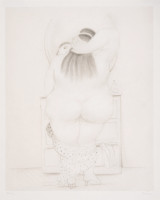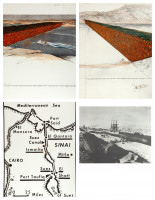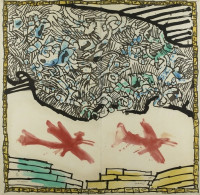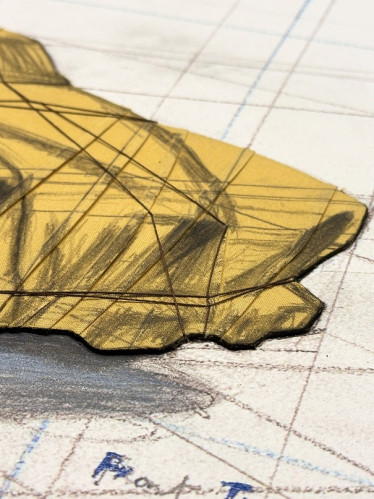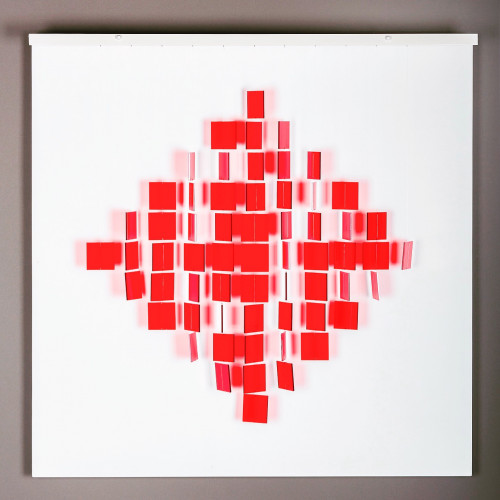By Andrew Bay, UK
Most stock market investors wouldn't think of buying paintings by Rubens or Fernand Leger to mitigate the impact of inflation on their portfolios. Unlike gold, which is the de facto preferred "go-to" asset for most high finance professionals, fine art is usually perceived as being too volatile or idiosyncratic to be considered as a reliable investment. On closer inspection however, for the astute investor, the long term value of great works of art is certainly worth taking into consideration.
Roy Lichtenstein
Roommates From The Nudes Series, 1994
Limited Edition Print
Relief Printing
Inquire For Price
Pablo Picasso
Reclining Man In Turban And Belly Dancer, 1968
Limited Edition Print
Mixed Media
Inquire For Price
Henri Matisse
One Plate, From Cinquante Dessins (Duthuit Books 2), 1920
Limited Edition Print
Etching
Inquire For Price
Artist In Focus

Marc Lagrange
Marc Lagrange (b. 1957 Belgium, d. 2015 Spain) was a Belgian photographer renowned for his luxurious and sensual photographs that often explore themes of beauty, desire, and the human form. Lagrange's work is characterized by its meticulous attention to detail, elegant compositions, and the use of sumptuous settings that evoke a timeless and cinematic quality. He is best known for his fine art nude photography, where he masterfully combined eroticism with a deep appreciation for classical aesthe
» Read More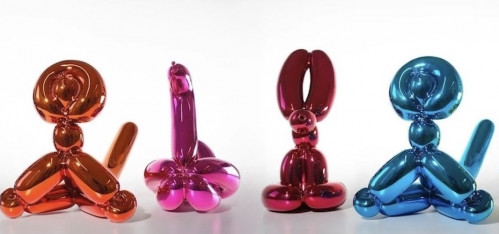
Jeff Koons
Highly acclaimed for his works pertaining to popular culture, Jeff Koons is a contemporary artist best known for his kitschy sculptures, created in stainless steel and often finished with a shiny, mirror-like surface as evidenced in one of his most popular works, Rabbit. Koons’ appropriation of popular consumer objects is driven by his desire to create inclusive art, he has previously explained “I try to create work that doesn’t make viewers feel they are being spoken down to, so they feel open
» Read MoreIN FOCUS
Inside Out: How art can get you through inflation, market ...
By Andrew Bay, UK
Most stock market investors wouldn't think of buying paintings by Rubens or Fernand Leger to mitigate the impact of inflation on their portfolios. Unlike gold, which is the de facto preferred "go-to"



